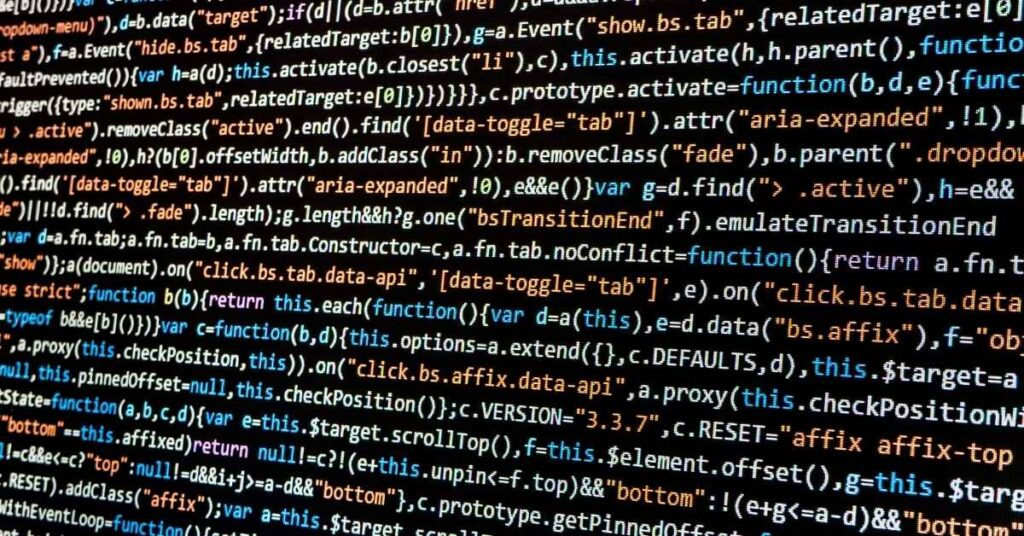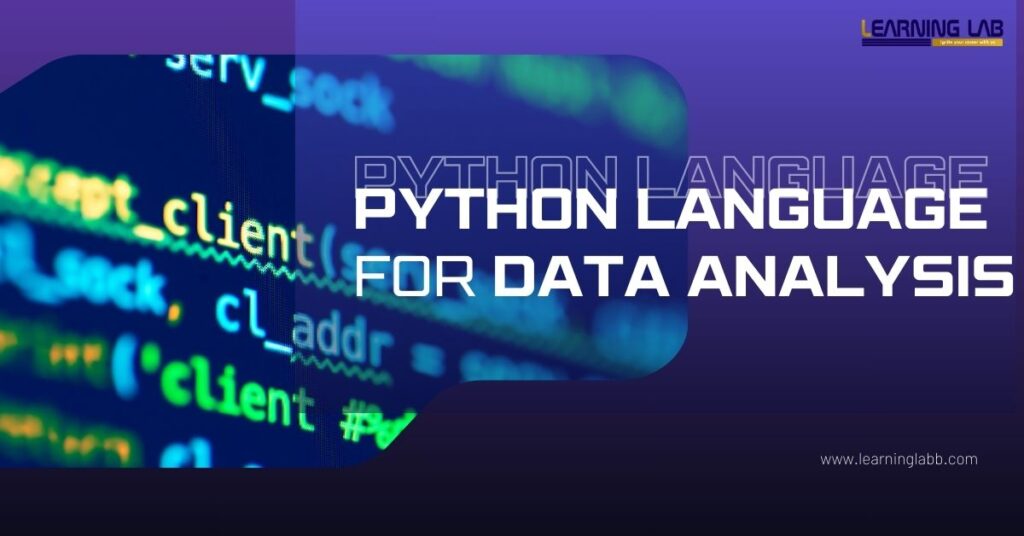Python Language For Data Analysis: Data analysis is no longer optional in today’s digital era—it’s a necessity. From optimizing marketing strategies to predicting healthcare outcomes, data-driven decisions shape industries worldwide. Among the many tools available, the Python language for data analysis has emerged as the frontrunner.
And when it comes to choosing the right tool for this purpose, Python language for data analysis stands out as a clear winner. But why is Python so popular?
Python Language For Data Analysis
Python’s dominance in data analysis can be attributed to its versatility and simplicity. “Python makes complicated data simple,” says Guido van Rossum, the creator of Python. Its readable syntax and extensive libraries enable even beginners to perform complex data manipulations with ease.
Here are some key reasons why Python is used for data analysis:
- Ease of learning: Python programming for data analysis is accessible to beginners due to its straightforward syntax, which resembles everyday English.
- Rich libraries: Libraries like Pandas, NumPy, and Matplotlib make Python a powerhouse for data manipulation, computation, and visualization.
- Community support: With a large global community, you can always find solutions, tutorials, and support online.
- Integration capabilities: Python integrates seamlessly with other tools like SQL, Excel, and big data platforms like Hadoop.
- Scalability: Whether you’re working with small datasets or massive big data projects, Python adapts to your needs.

What Are The Real-World Applications Of Python In Data Analysis?
Python programming for data analysis is not just theoretical; it’s changing the world in practical ways:
- Healthcare: Analyzing patient data to predict diseases.
- Retail: Understanding customer behavior to improve sales.
- Finance: Detecting fraud and forecasting stock prices.
- Education: Personalizing learning experiences based on student performance.
- Marketing: Optimizing campaigns through data-driven decisions.
What Are The Benefits Of Learning Python Programming For Data Analysis?
Still wondering why Python should be your go-to language for data analysis? Here are some compelling benefits:
- Cost-effective: Python is open-source and free, making it accessible to anyone with an internet connection.
- High demand in the job market: Python programmers are among the most sought-after professionals globally. According to NASSCOM, India alone will need over 1 million data analysts by 2025.
- Flexibility across industries: Whether you’re in finance, healthcare, or retail, Python programming for data analysis offers universal applicability.
- Automation: You can automate repetitive tasks, saving time and increasing productivity.
- Improved visualizations: Libraries like Seaborn and Plotly allow you to create stunning and insightful visualizations.
How To Use Python For Data Analysis?
The process of using Python for data analysis typically involves the following steps:
- Data collection: Use Python’s APIs and web scraping libraries like BeautifulSoup to gather data.
- Data cleaning: Employ Pandas to clean and preprocess your data.
- Data exploration: Use NumPy and Matplotlib for exploring patterns and trends in your data.
- Data modeling: Apply machine learning models with Scikit-learn to derive predictions.
- Data visualization: Utilize libraries like Plotly to create interactive dashboards.
To truly master how to use Python for data analysis, enrolling in a structured course can make a world of difference.

Finding The Best Python Course For Data Analysis
Not all courses are created equal. When looking for the best Python course for data analysis, prioritize these features:
- Updated curriculum: Covers everything from Python basics to advanced data analysis techniques.
- Hands-on projects: Practical projects ensure that you can apply your knowledge in real-world scenarios.
- Placement assistance: A good course doesn’t just teach; it opens doors to career opportunities.
- Industry-relevant skills: Ensure the course aligns with the current demands of the job market.
At Ze Learning Labb (ZELL), our Python courses tick all these boxes. Designed by industry experts, our programs provide hands-on training, personalized mentorship, and guaranteed placement support. With our Best Python Course for Data Analysis, you can go from beginner to pro in no time!
Why Should You Choose ZELL’s Python Course?
At ZELL, we go beyond teaching. We prepare you for a career:
- Placement-ready skills: Our course is tailored to industry needs, ensuring you’re job-ready from day one.
- Expert mentors: Learn from professionals with years of experience in data analysis.
- Affordable fees with EMI options: Financial barriers shouldn’t stop you from succeeding.
- 24/7 support: Whether you’re stuck on a project or need career advice, we’re here to help.
On A Final Note…
The Python language for data analysis is an indispensable skill in today’s data-driven economy. Whether you’re just starting out or looking to upskill, learning Python can unlock countless opportunities.
Don’t wait! Enroll in ZELL’s Best Python Course for Data Analysis today and take the first step towards an exciting career in data analysis. Remember, the future belongs to those who can interpret data and derive actionable insights. Be that person with ZELL!
FAQs
Q: Is Python better than Excel for data analysis?
A: Absolutely! Python’s scalability, advanced features, and automation capabilities make it a better choice for complex data tasks.
Q: Can I learn Python without any coding background?
A: Yes, Python’s beginner-friendly syntax makes it perfect for newcomers.
Q: What’s the duration of ZELL’s Python course?
A: Our flexible course can be completed in 3-6 months, depending on your pace.





